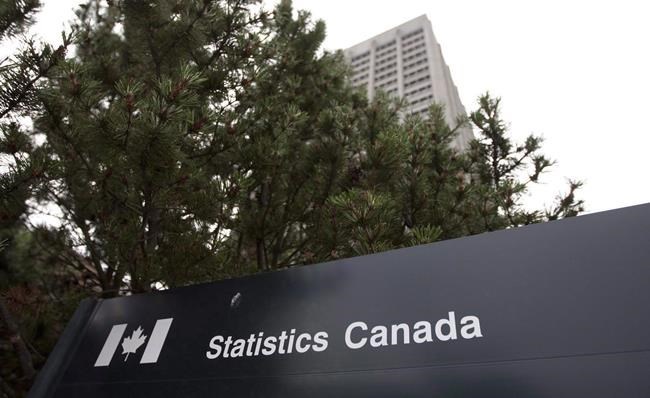OTTAWA — A new report from Statistics Canada says self-reported paid sick leave coverage has increased moderately since 1995, but coverage for front-line workers is still far from universal.Â
The federal agency says that approximately 64 per cent of workers reported having paid sick leave coverage in November 2022, in comparison to 56 per cent in November 1995.
Self-reported coverage appears to have increased for groups that traditionally have lower rates of coverage, including workers with full-time temporary jobs and non-unionized jobs.
The report released this week says the data suggest that inequality in coverage has narrowed between some job types.Â
But lower-wage earners were still less likely to report that they have sick leave coverage.Â
Only 17.2 per cent of workers aged 15 to 64 whose hourly wages were in the bottom 10 per cent said they had coverage.Â
In contrast, 86.7 per cent of employees whose hourly earnings fell in the top 10 per cent said they have coverage.
Meanwhile,employees of small businesses are also less likely to report coverage. Just under one-third of employees who said they worked for businesses with less than 20 workers said they had coverage.
The report also looks at the British Columbia government's move in January 2022 to mandate up to five sick days for all workers, with some stipulations to the policy.
Not surprisingly, self-reported coverage increased in B.C. following the change.Â
However, no more than 56 per cent of workers in the province reported having paid sick leave in 2022.Â
This suggests workers were not aware of the new legislation or employers had not implemented the policy yet, the report says.Â
Alternatively, the report adds, respondents may have associated the new sick days as coming from the province rather than their employer.
Simon Black, an associate professor in labour studies at Brock University, says there is a distinction between legal coverage and effective coverage, with effective coverage reflecting whether workers are actually getting a benefit they're entitled to.
"That distinction is important because if the government doesn't do a good job of ensuring that workers are aware of a new rate, including access to paid sick leave, then workers won't be able to exercise that right in the workplace," Black said.Â
The federal government mandated a requirement for 10 paid sick leaves for employees in federally regulated workplaces, and the change came into effect last December.
A significant political push for paid sick leave legislation happened during the COVID-19 pandemic, when workers were required under many public-health orders to stay at home when they tested positive for the virus or were experiencing symptoms.
Black said research has shown that businesses saw large outbreaks during the because workers were saying on the job while sick.
He said business groups that have pushed back on paid sick leave may be underestimating the costs associated with having employees work while ill.Â
This report by The Canadian Press was first published Oct. 26, 2023.Â
Nojoud Al Mallees, The Canadian Press

